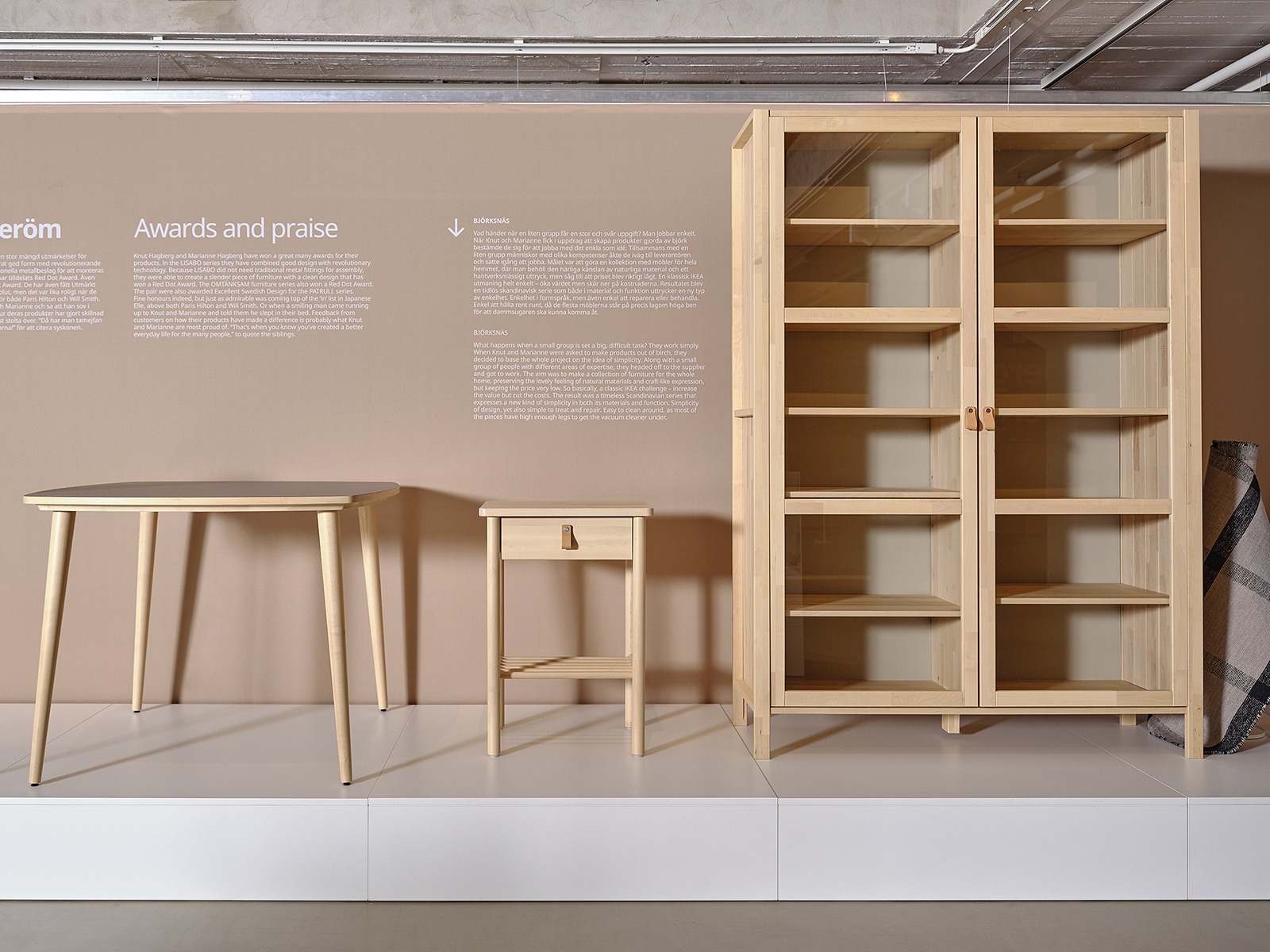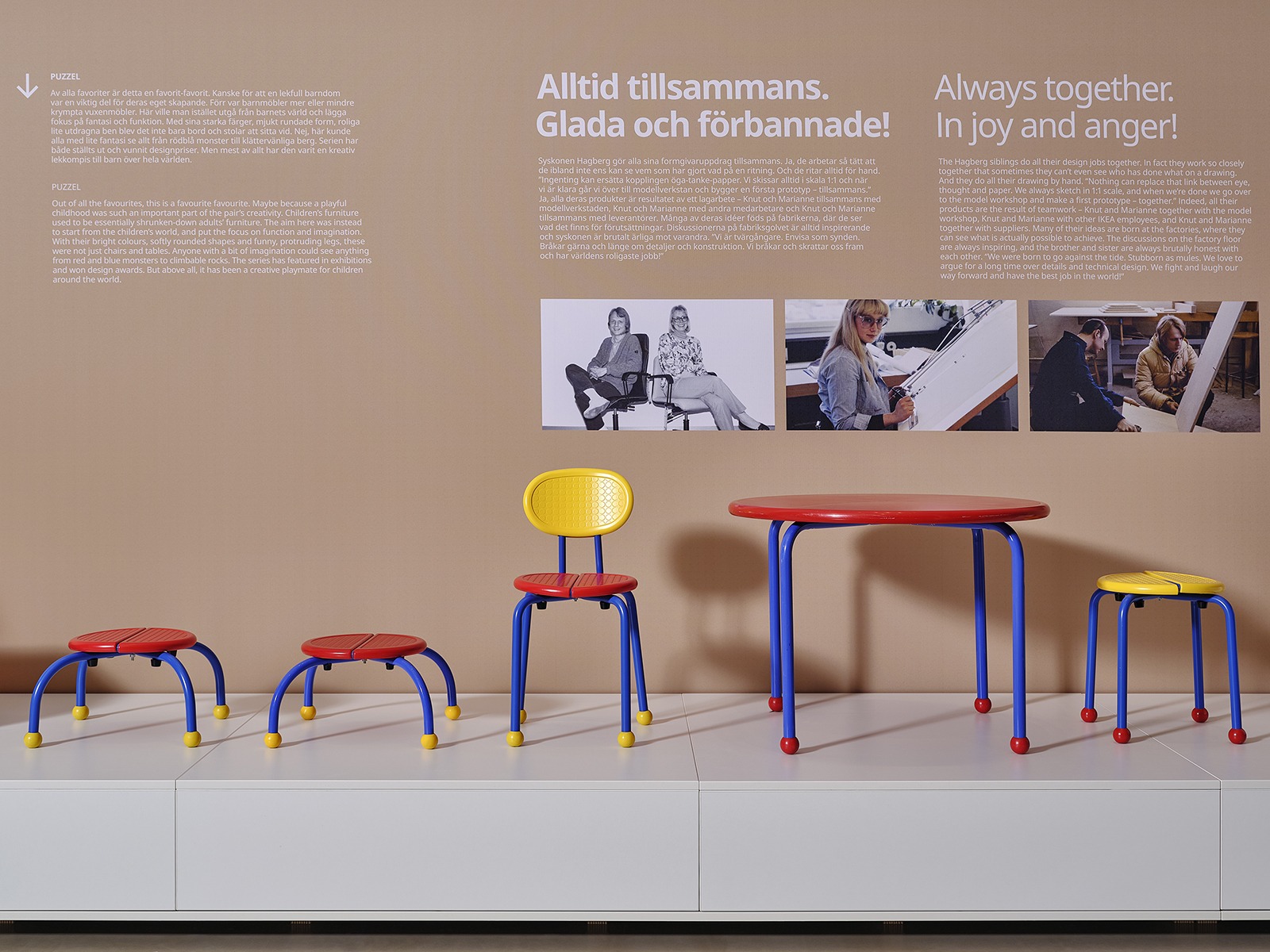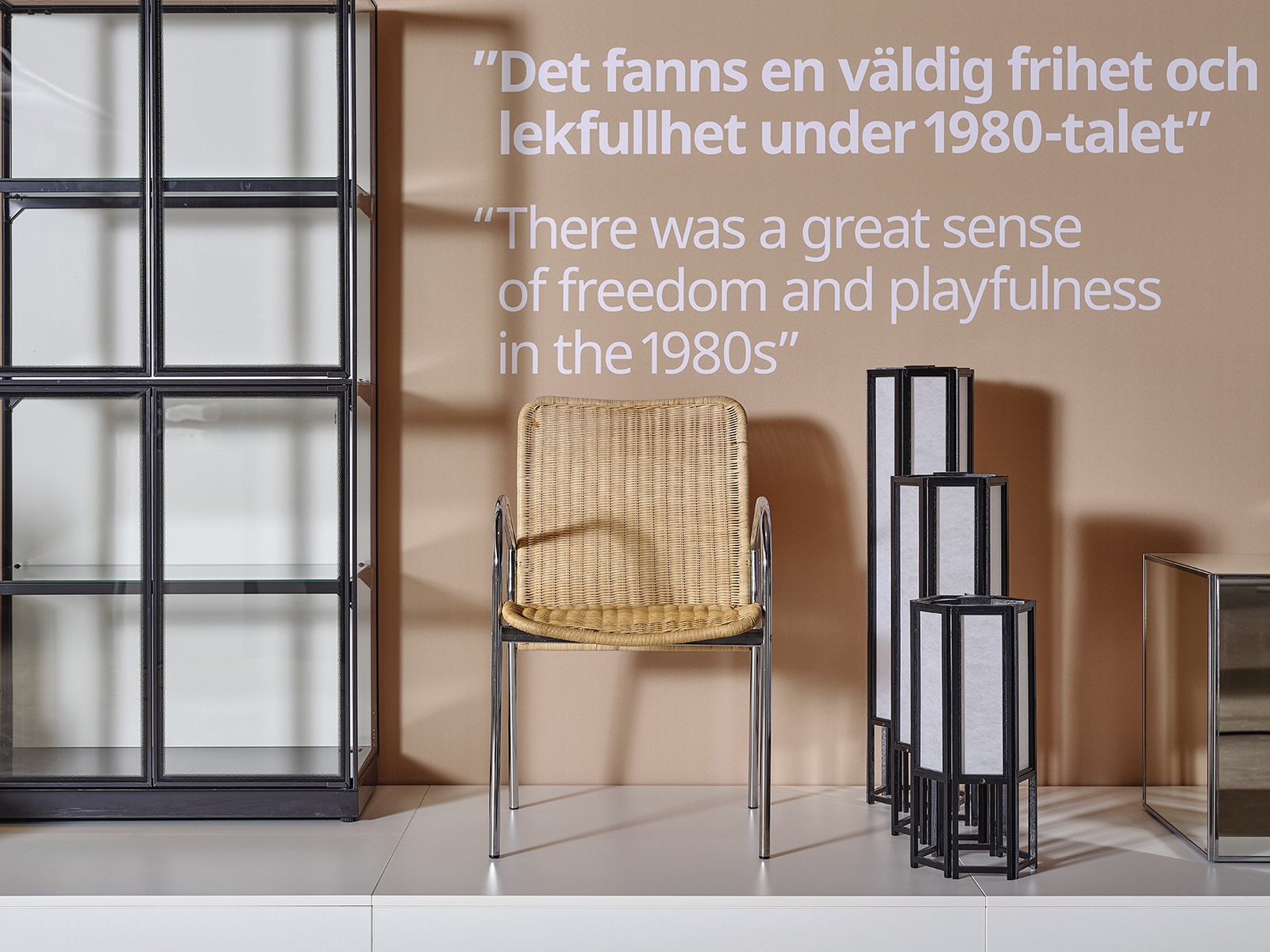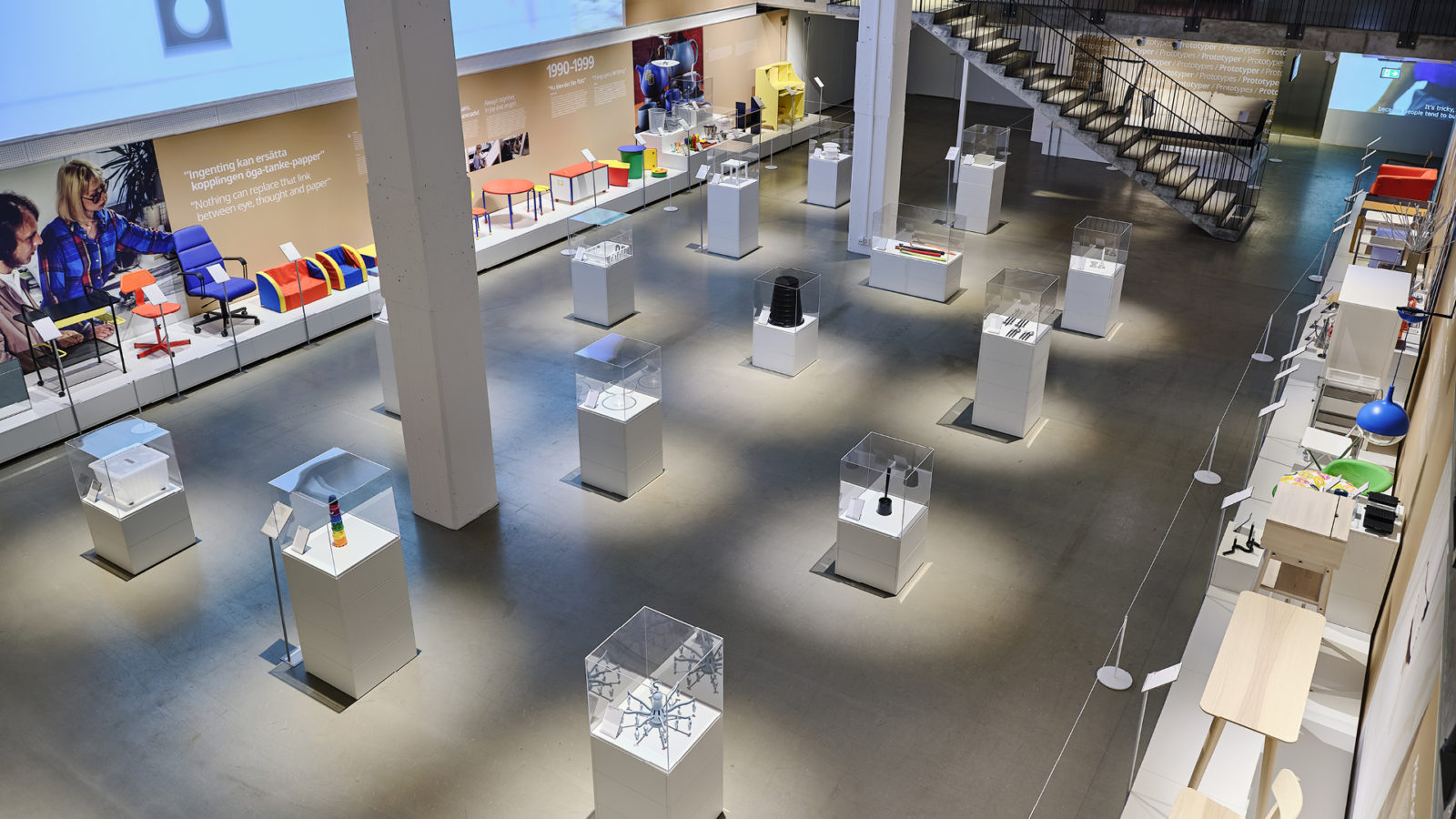Now you can explore the exhibition digital on the Story of IKEA.
Hagberg + Hagberg
31 May 2021–28 August 2022
Excellent design, smart function and sustainable quality, at a low price. Few can manage that equation better than Knut Hagberg and Marianne Hagberg. Together they have designed more than 2,100 products for IKEA, making them probably two of the most well-represented designers in Swedish design history. After all, who hasn’t at one time or another used BOLMEN in the toilet, had a FÖRSIKTIG (PATRULL) in the bathroom, organised their papers with DOKUMENT or taken an UPPTÄCKA on a trip? Now you can see all the icons, the drawings behind them and all kinds of unique objects here at IKEA Museum in Älmhult.
Knut Hagberg. Marianne Hagberg.
To most people, two of Sweden’s – and probably the world’s – most well-represented designers are relatively unknown. Design siblings Knut Hagberg and Marianne Hagberg are both a part of the soul of IKEA, and represent a significant proportion of the company’s design profile. As they now put down their pencils, they can look back on a successful 41-year career at IKEA. Over four decades they have created all kinds of products that have become beloved by the many people, and awarded by experts. We are celebrating this at IKEA Museum with a retrospective exhibition called Hagberg + Hagberg.
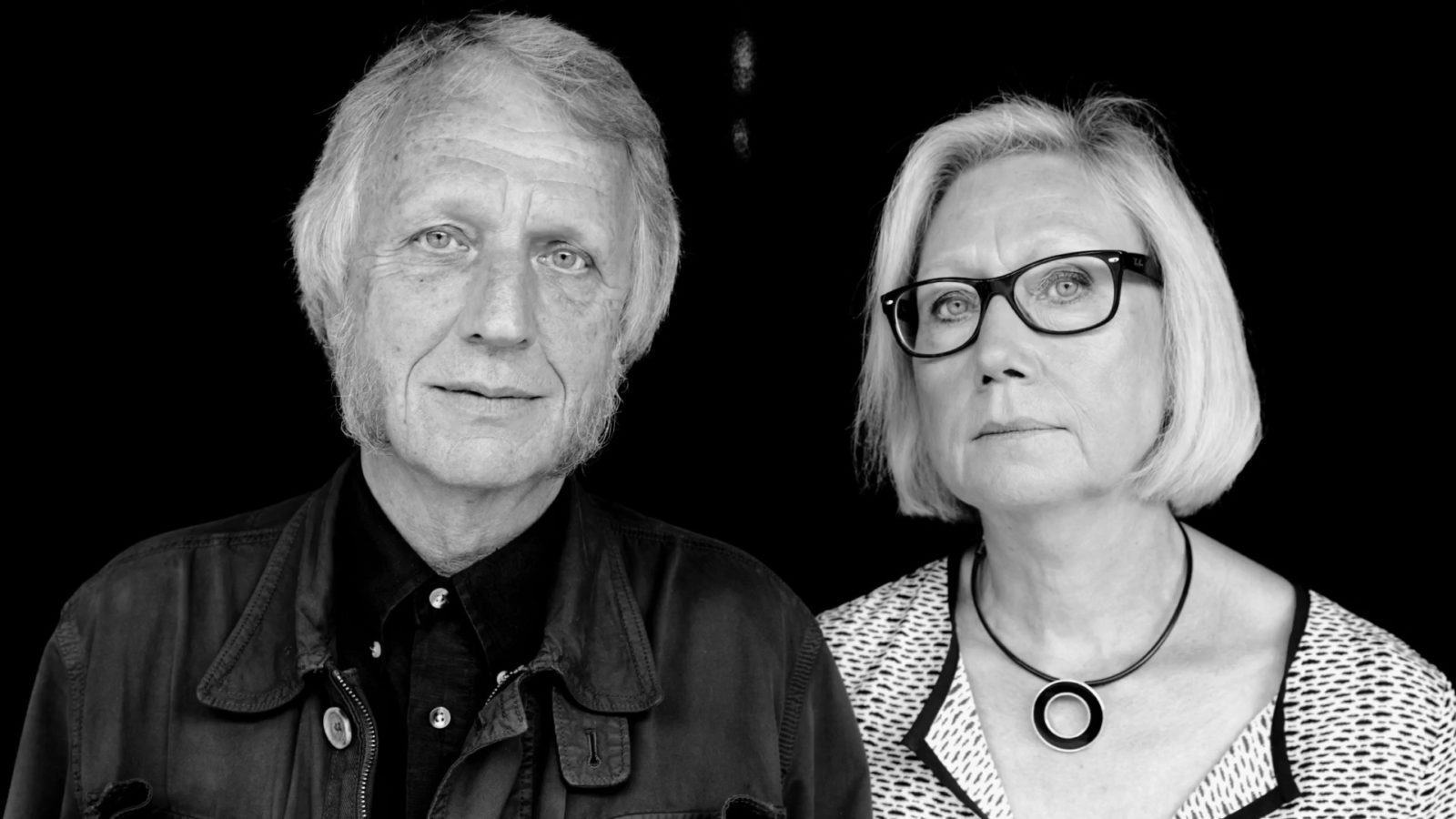
Together – a key concept
Over the years that Knut and Marianne have spent designing together for IKEA, they have seen CEOs, design managers and trends come and go. So what’s at the core of their partnership? Togetherness and honesty. All of their products have been the result of teamwork. Knut and Marianne together with the model workshop, Knut and Marianne together with other IKEA employees, and Knut and Marianne together with suppliers. Many of their ideas were born on the factory floor, where they could see exactly what was feasible. The discussions at the factories were always inspiring, and they were always meticulous and stubborn. They followed each product from the first drawings, to the supplier, and all the way into the stores. The brother and sister have always been brutally honest with each other: “We were born to go against the grain. Stubborn as mules. We love arguing long and hard about details and technical design. We fight and laugh our way forward, and have had the best job in the world!” say Knut and Marianne.

Drawing by hand
Research shows that you learn more effectively if you write by hand rather than using a computer. So the same is probably true of sketching. And this is exactly what Knut Hagberg and Marianne Hagberg have done for all of their 41 years at IKEA – sketched and drawn by hand. All of their products started on the drawing table, and they have worked so closely together that sometimes they couldn’t even see who did what on a drawing. Knut Hagberg: “Nothing can replace the link between eye, mind and paper. We always sketch in 1:1 scale, and when we’re done we go over to the model workshop and make a first prototype – together.” Perhaps the best bit for them has been putting down a fresh sheet of blank paper on the drawing board and seeing all the possibilities. We have now brought many of their great hand-drawn sketches together for the exhibition, so don’t miss them.

Products for the many people
Knut and Marianne were happier to see one of their designs sell in hundreds of thousands rather than just a few. As they themselves say: “In all the years we’ve worked at IKEA, everyday life and the family have always been important sources of inspiration. We made all our new discoveries by looking at how people live in the everyday. Making something attractive and beautiful and reasonably priced out of the little everyday products is just so much fun!”
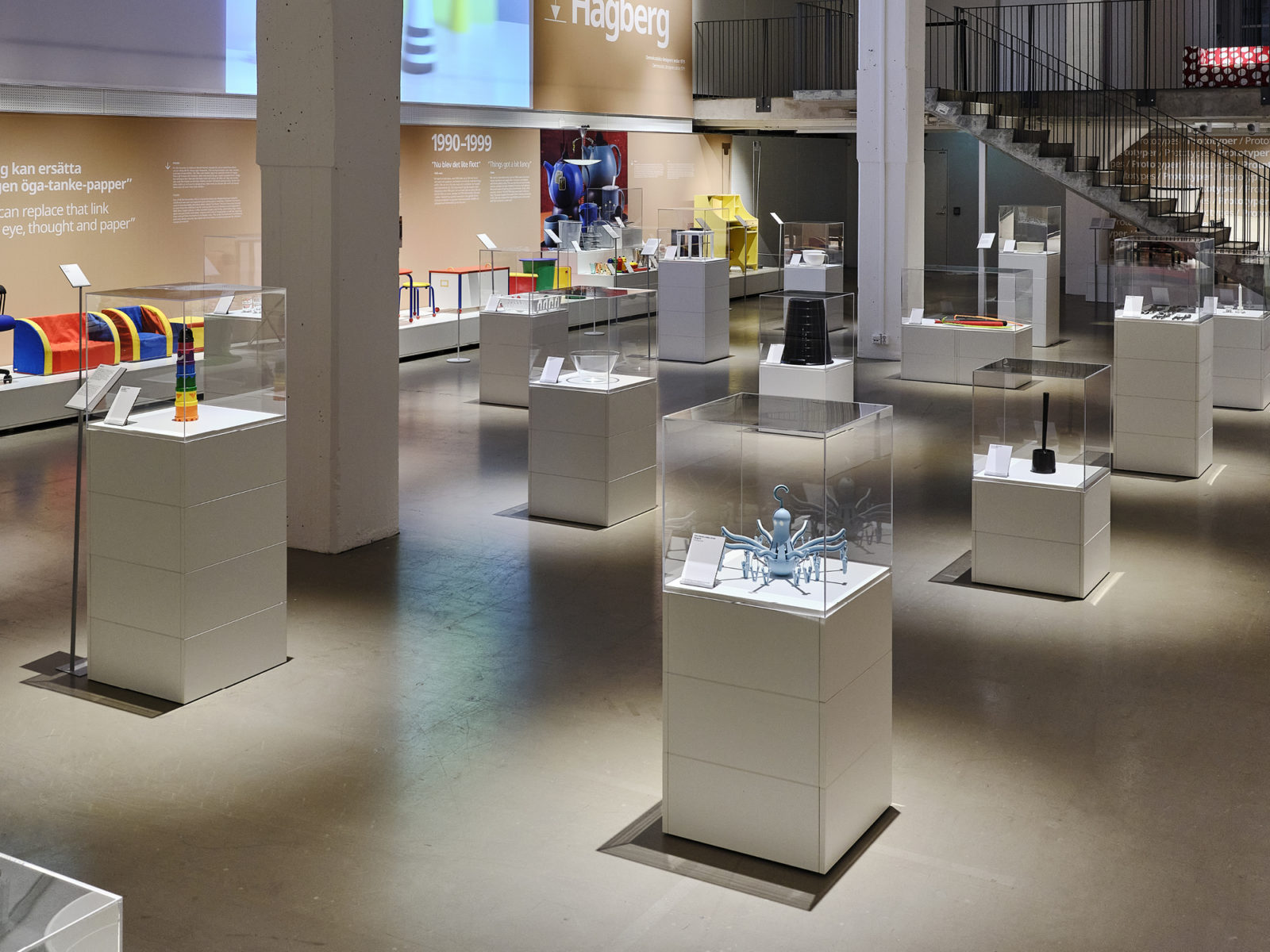
Democratic Design
Few designers have contributed so much to the IKEA idea of Democratic Design as Knut and Marianne. The vision behind IKEA is “to create a better everyday life for the many people”, and Democratic Design is ultimately how this can be achieved. IKEA has five Democratic Design dimensions: Form, Function, Quality, Sustainability and Low Price. These dimensions have been natural parts of the Habgergs’ design DNA. They saw the boundaries as challenges. How much good form, function and sustainable quality could they fit into a low price? A challenge that always spurred them on.
